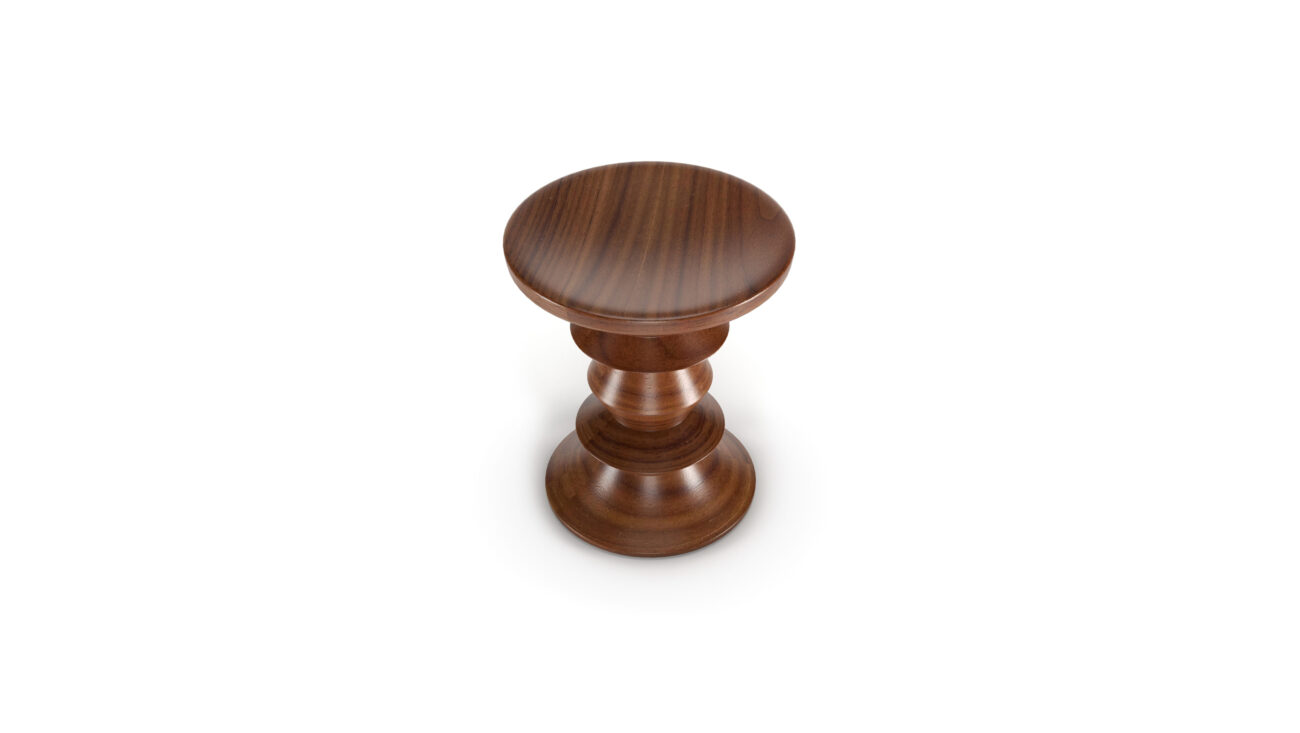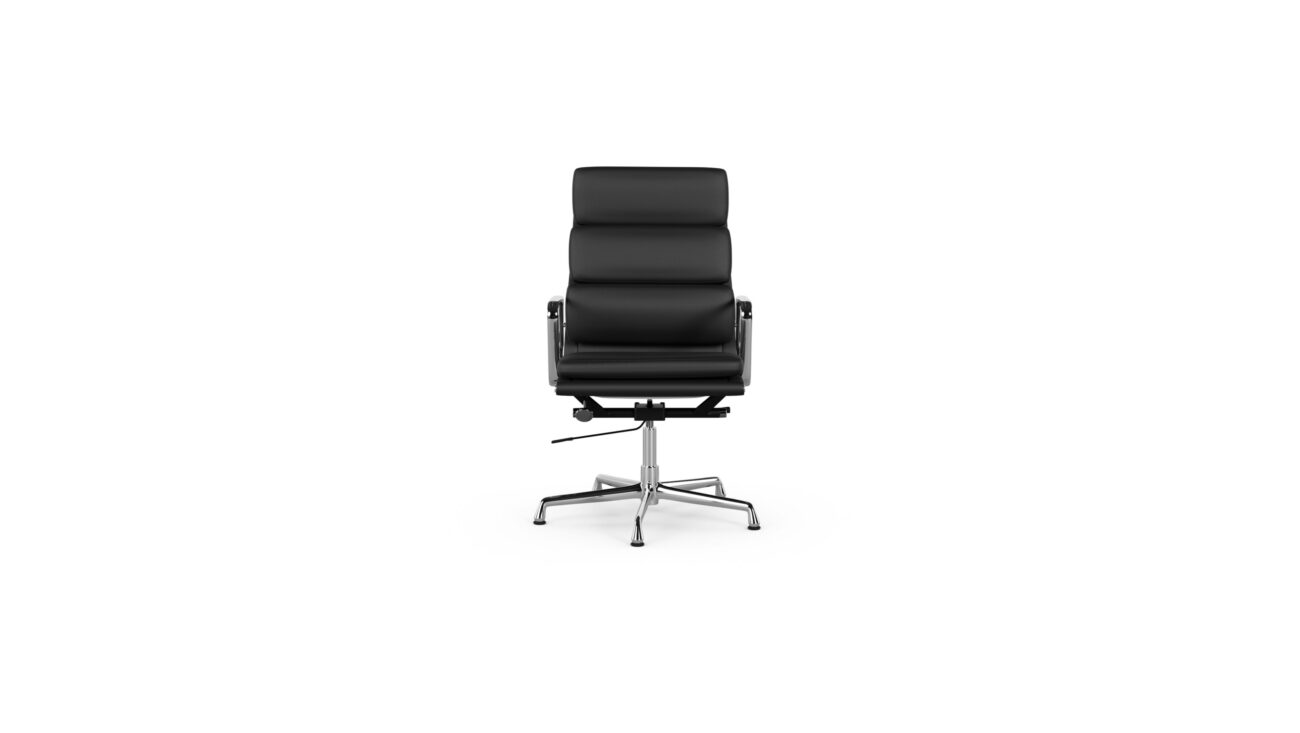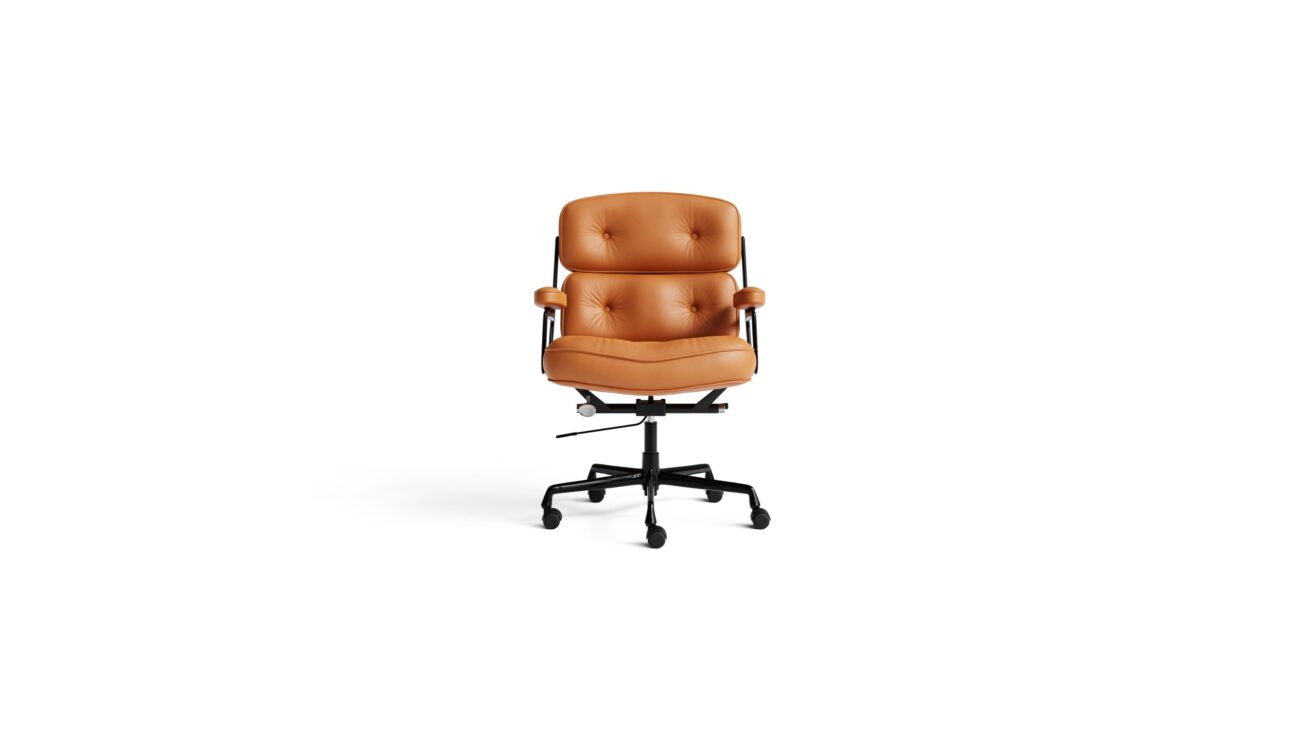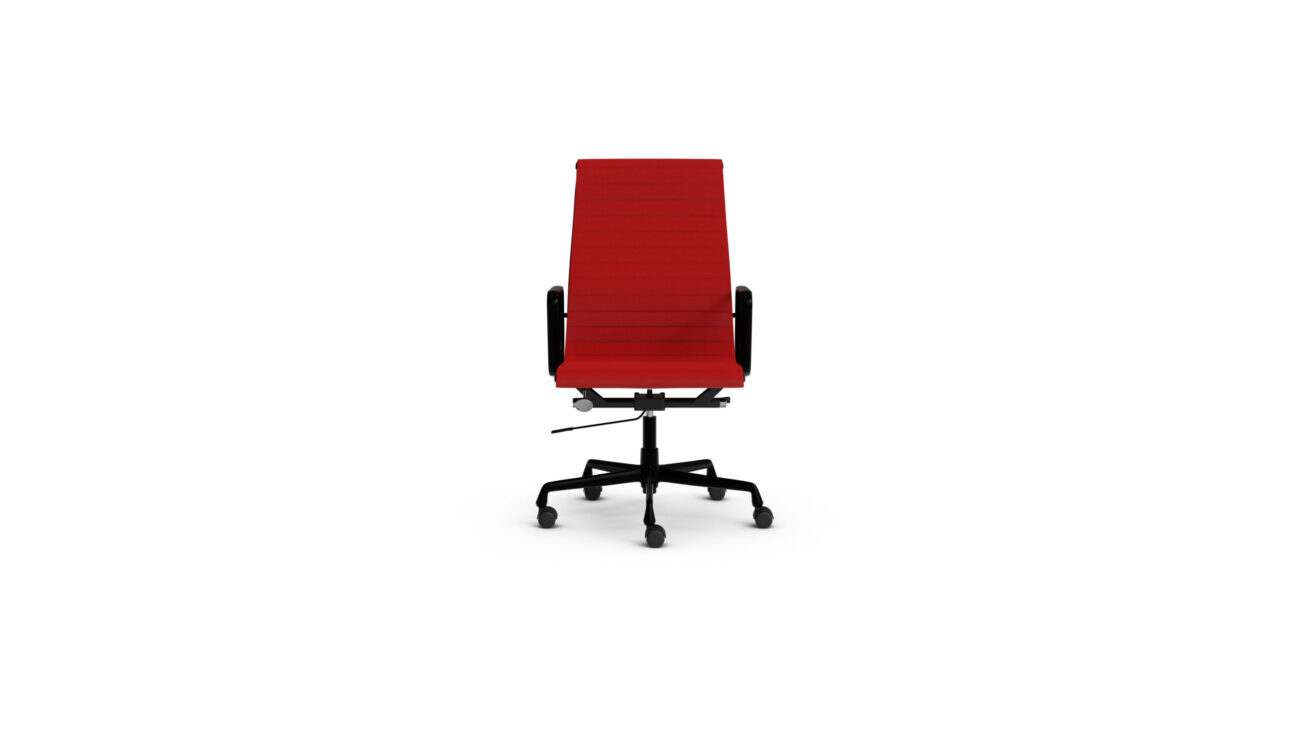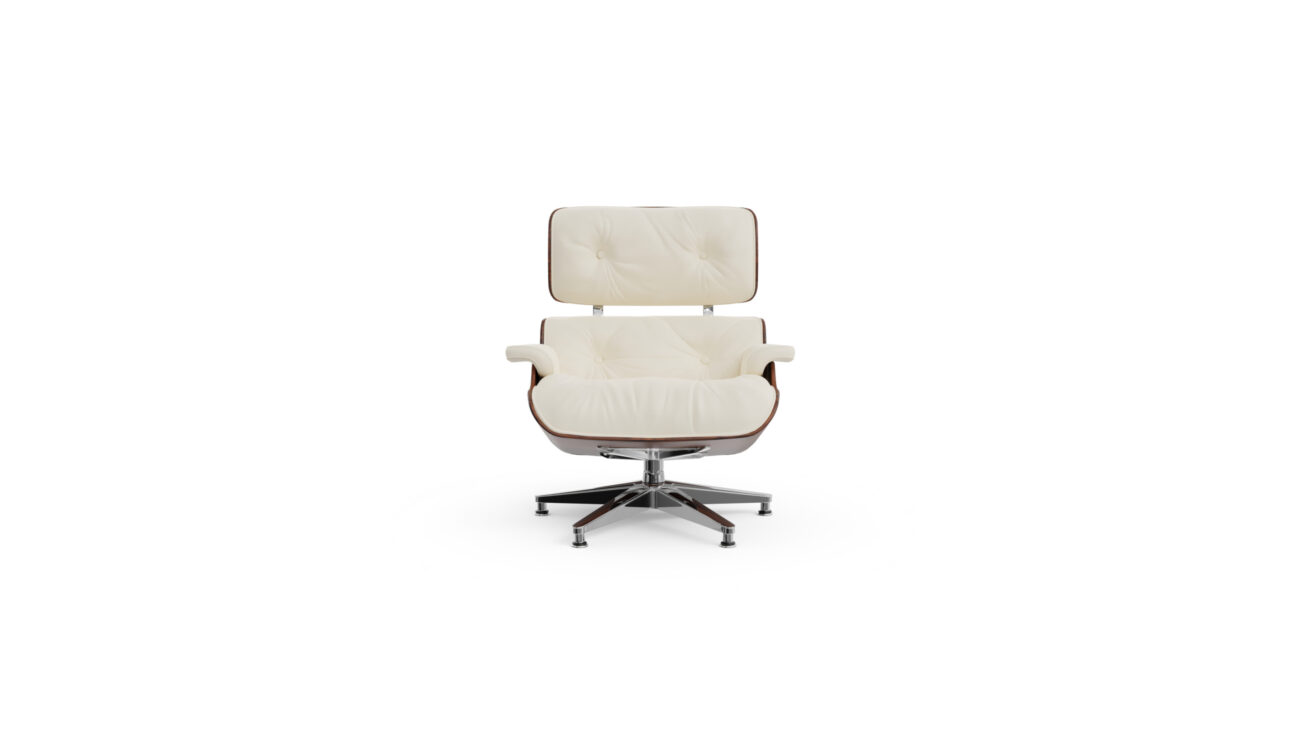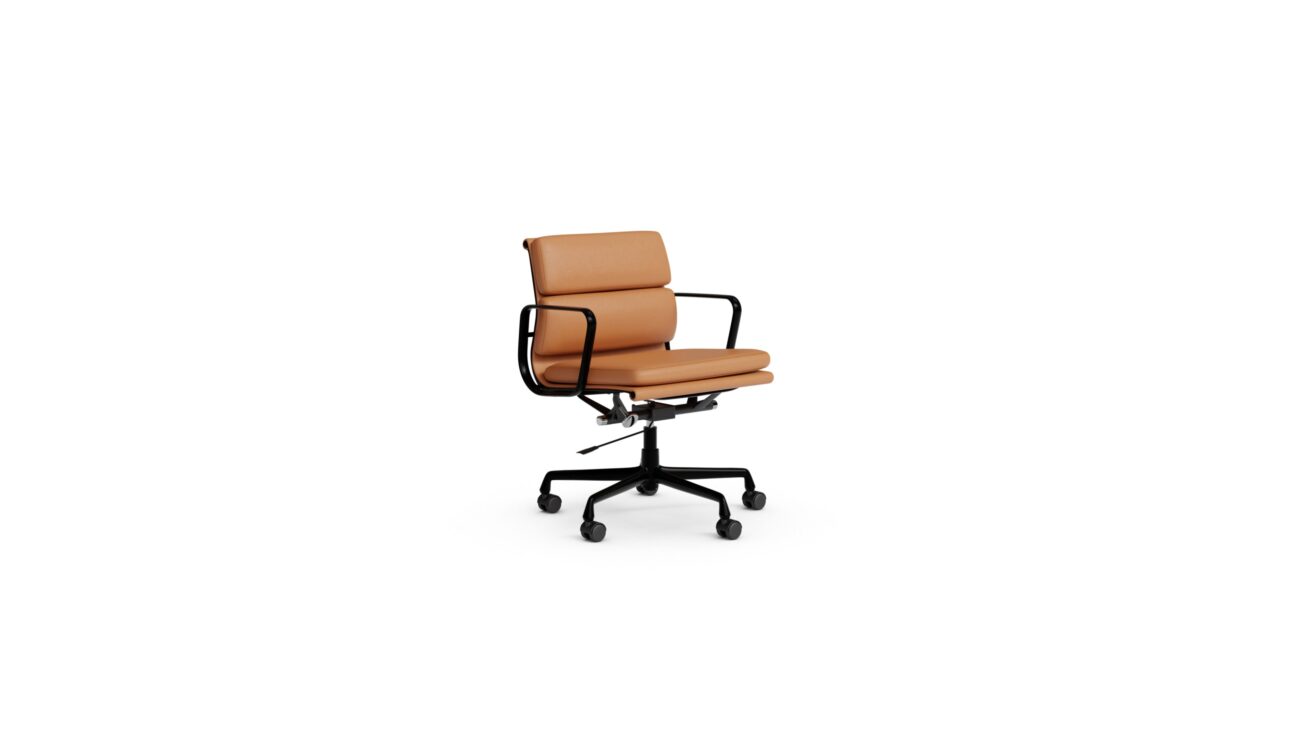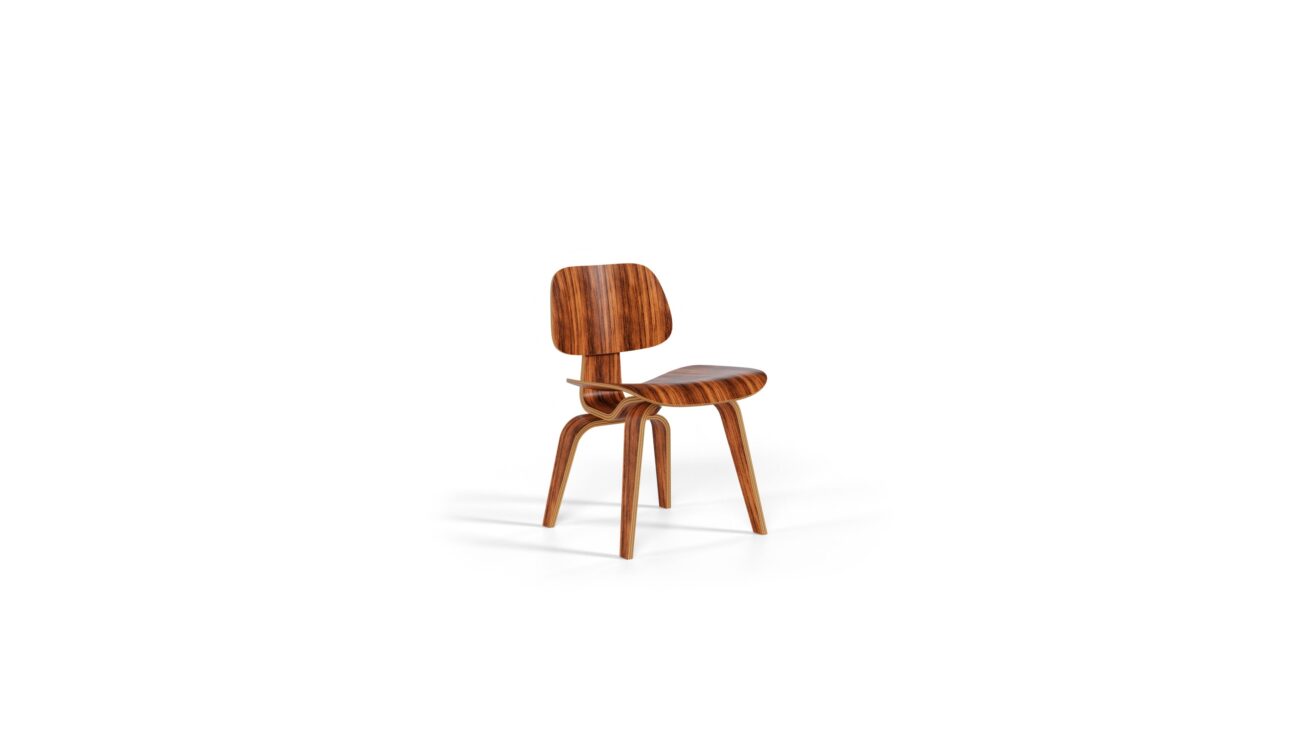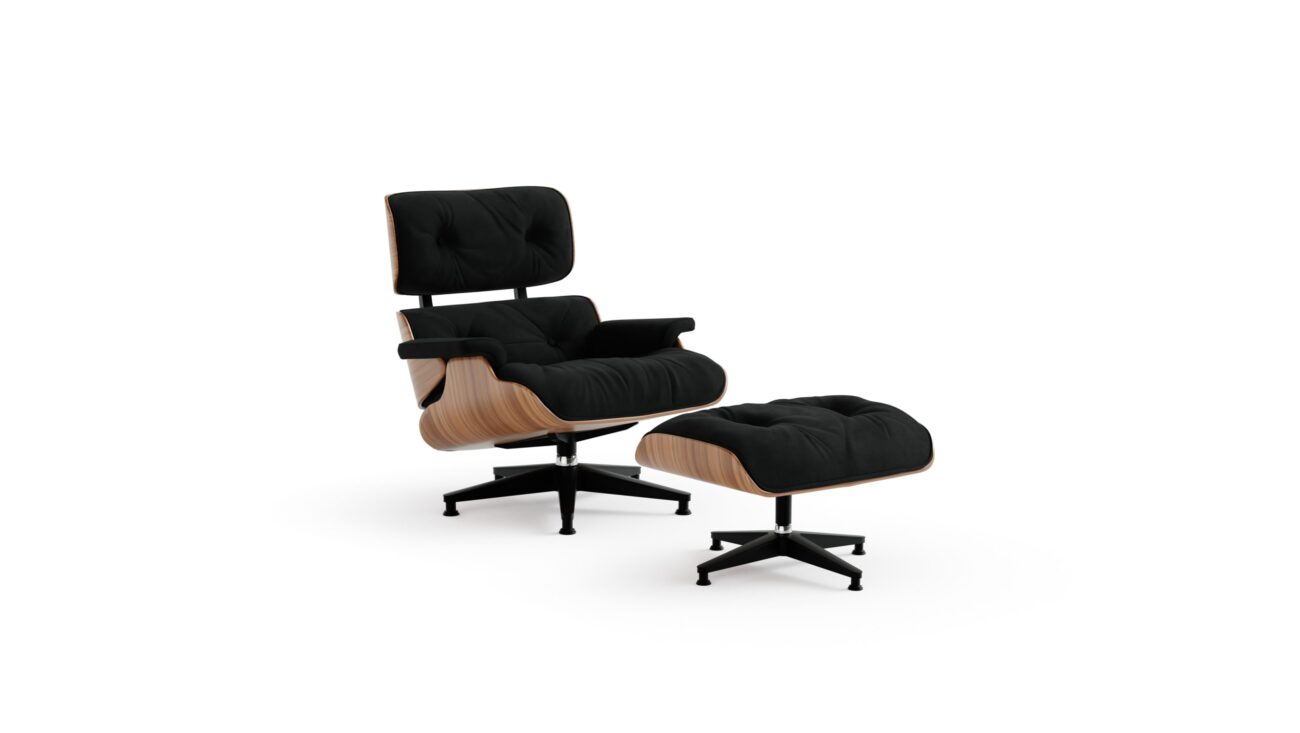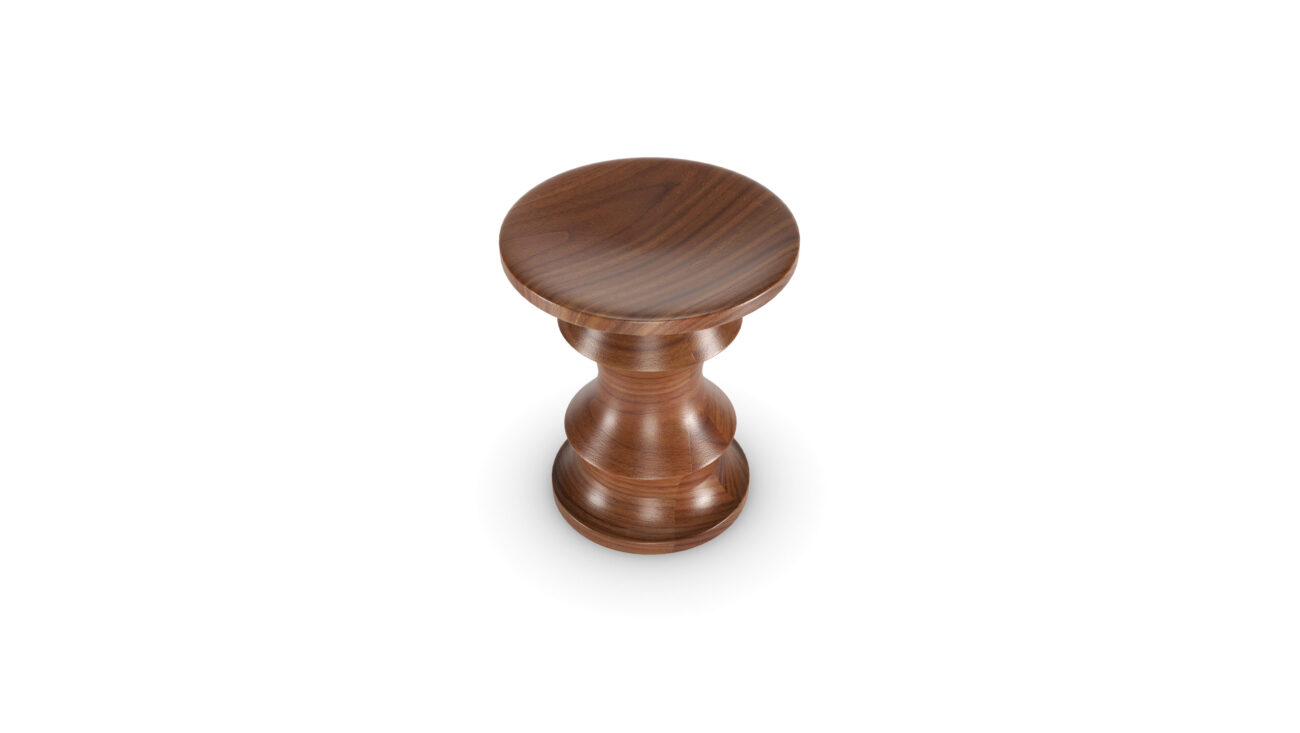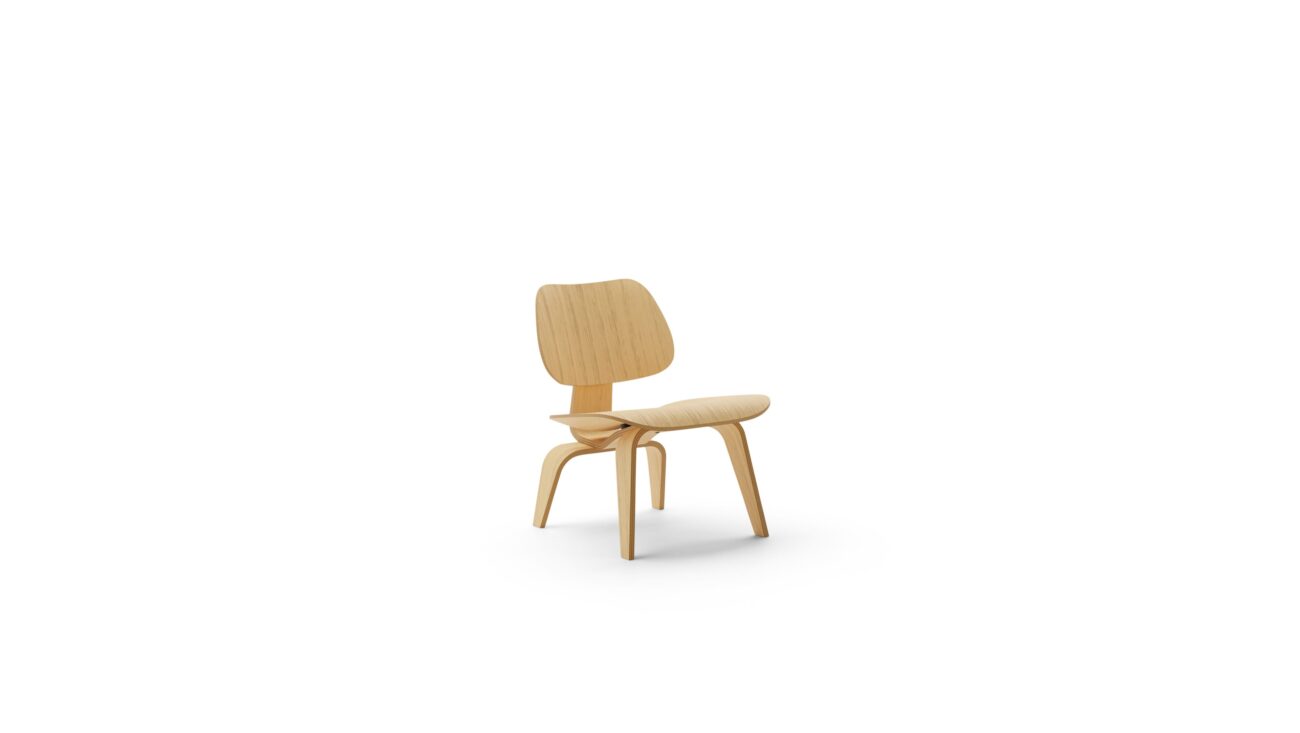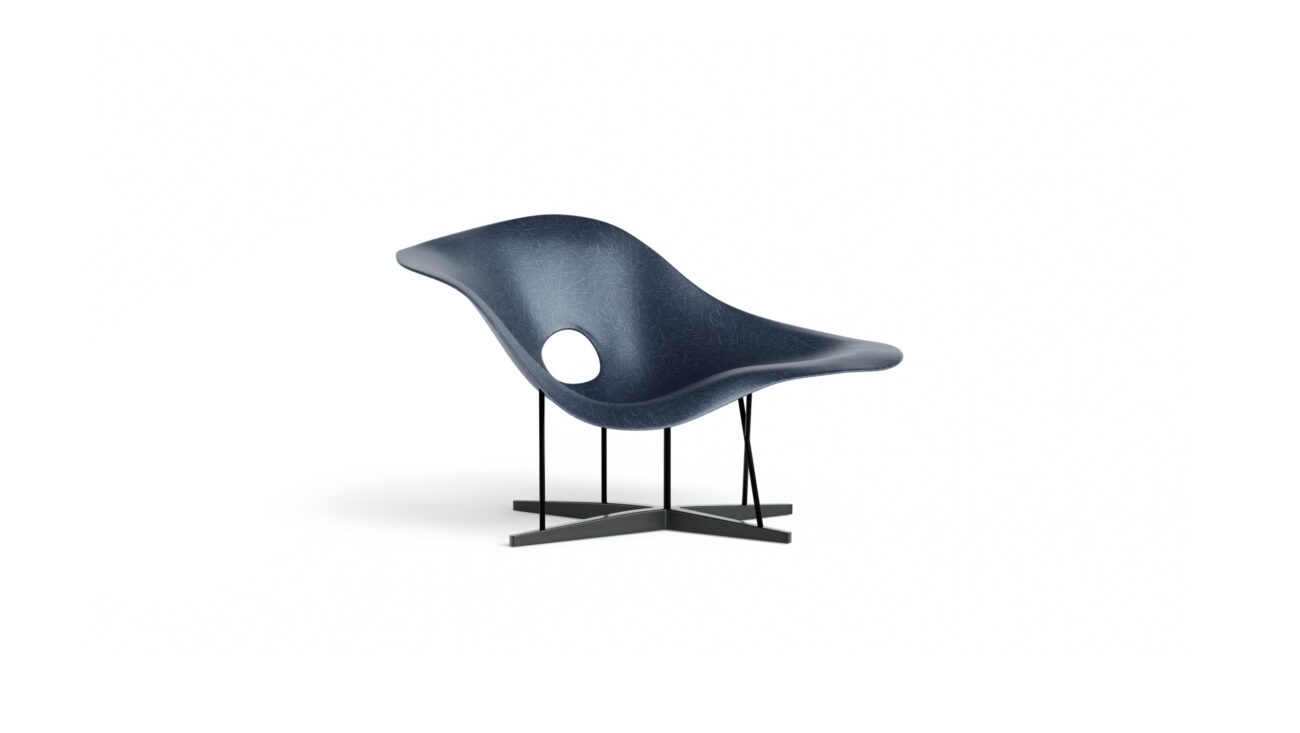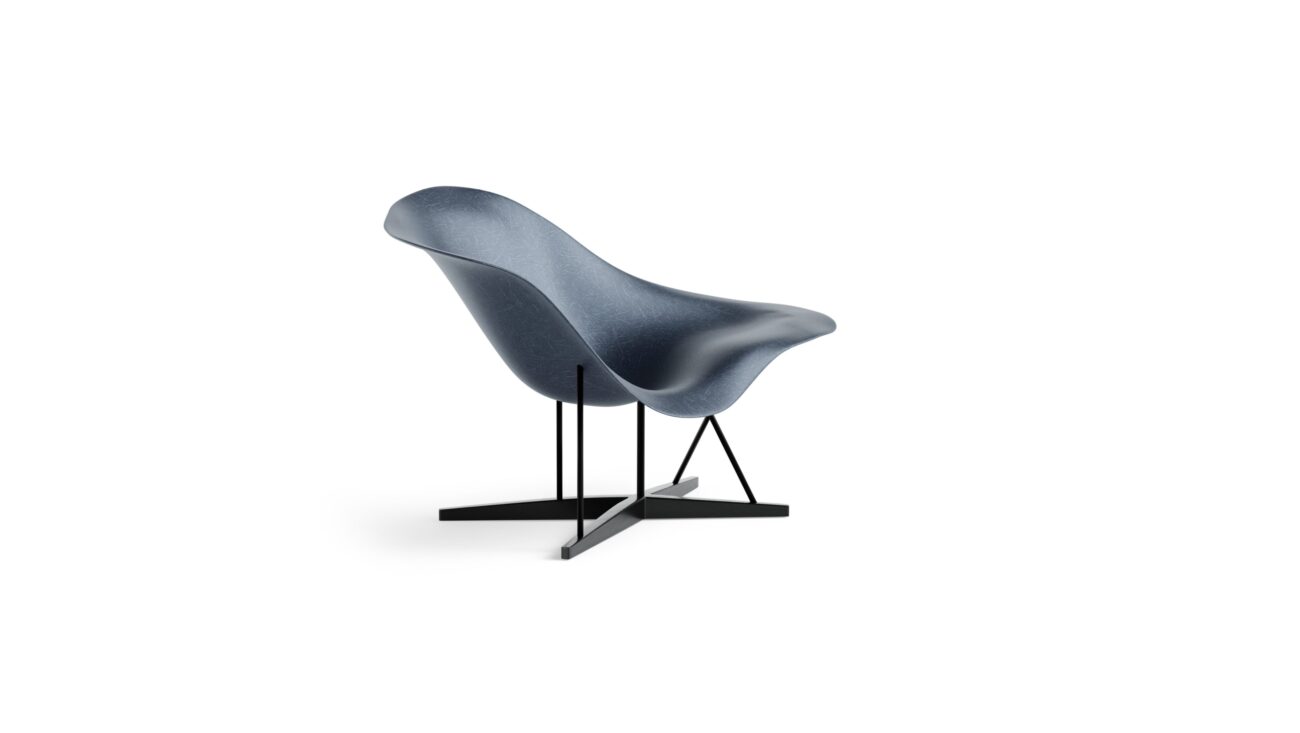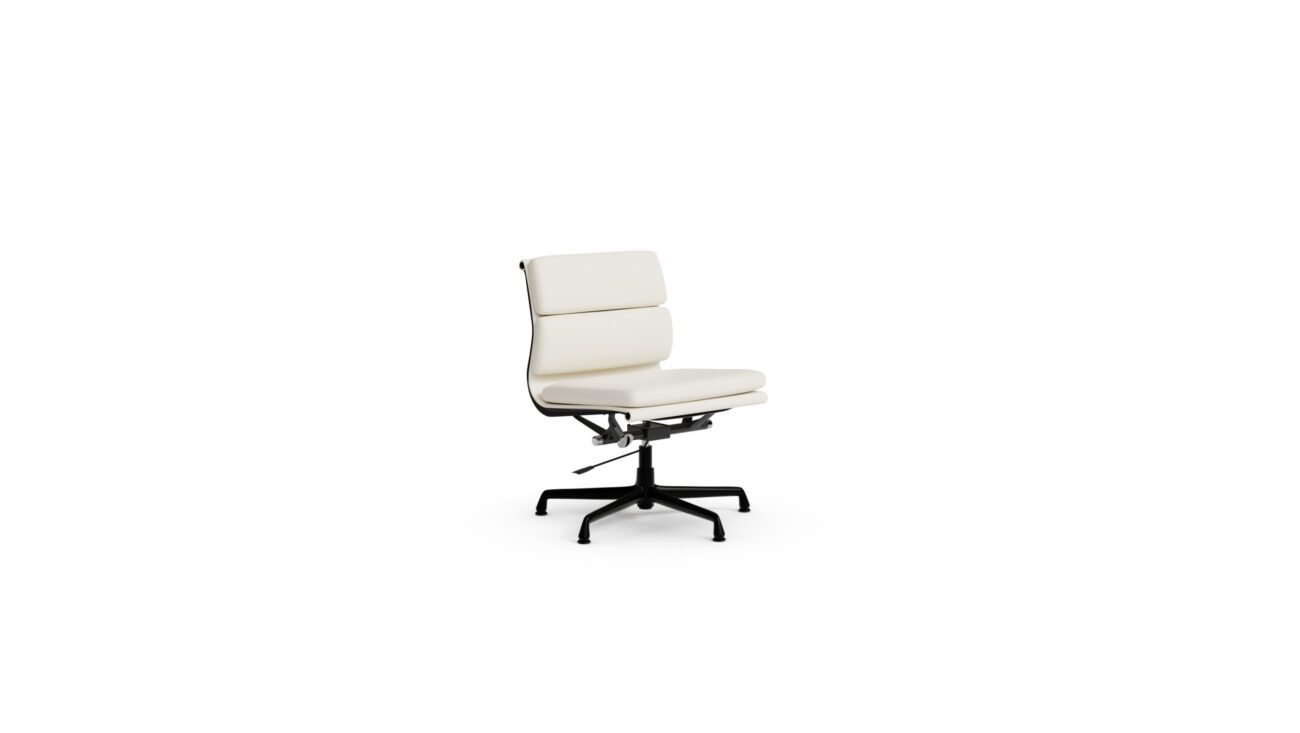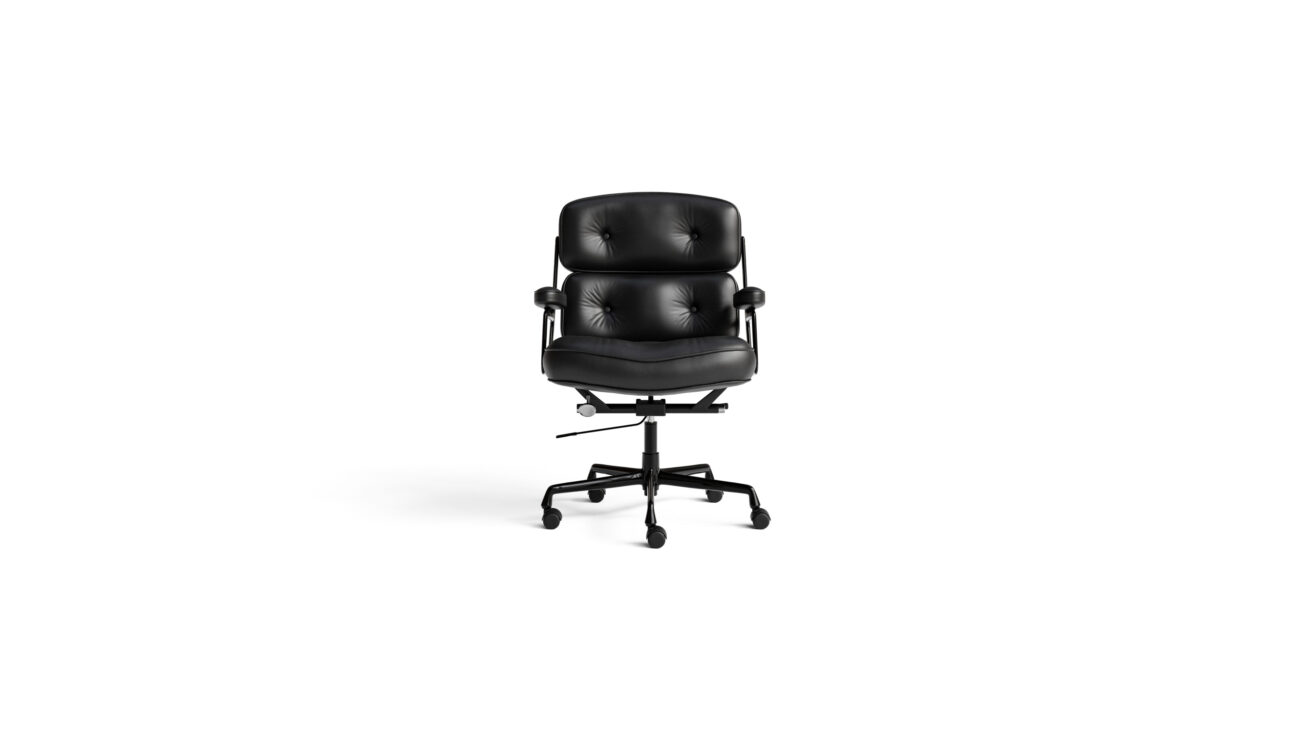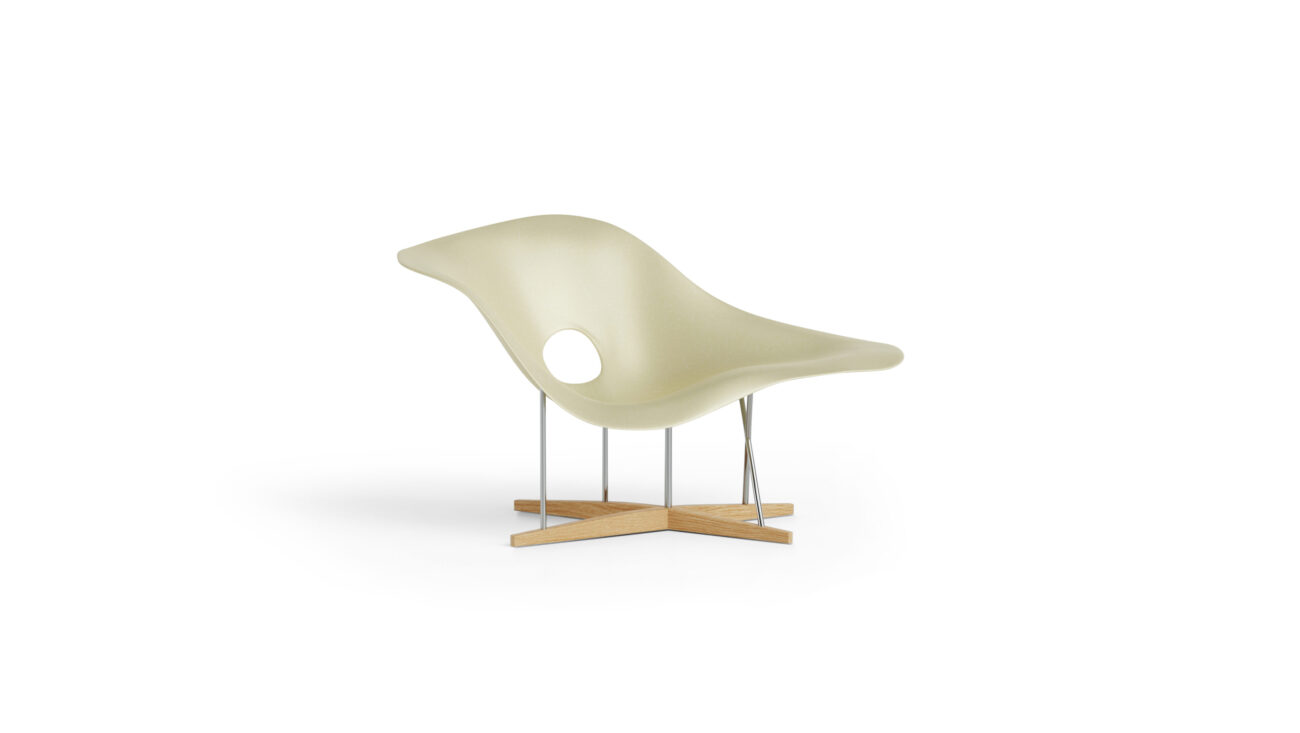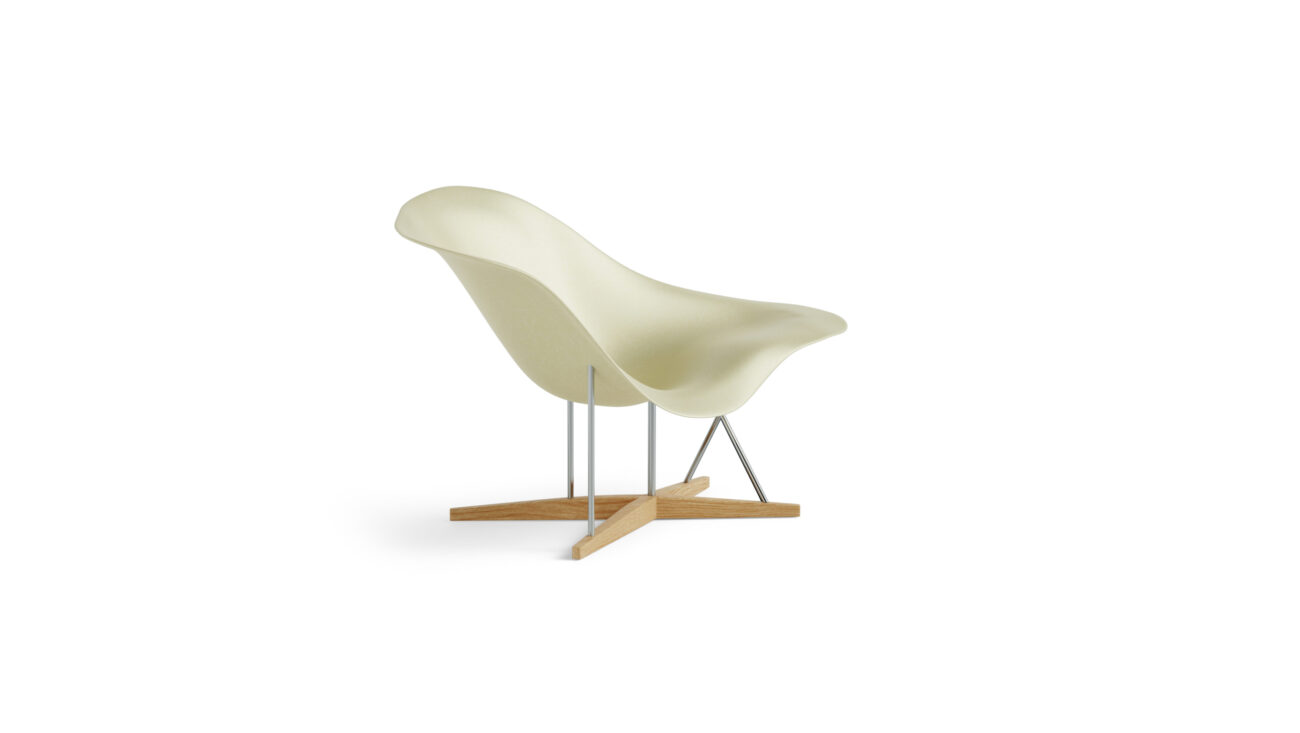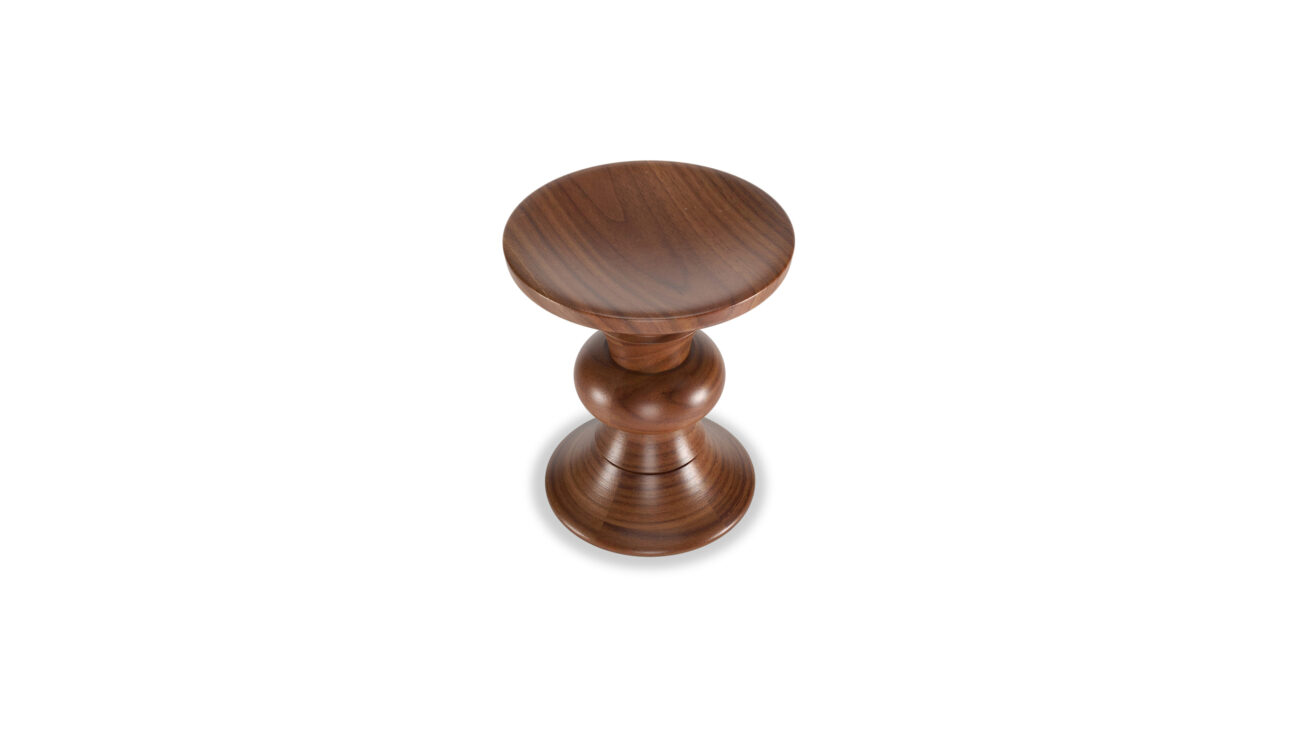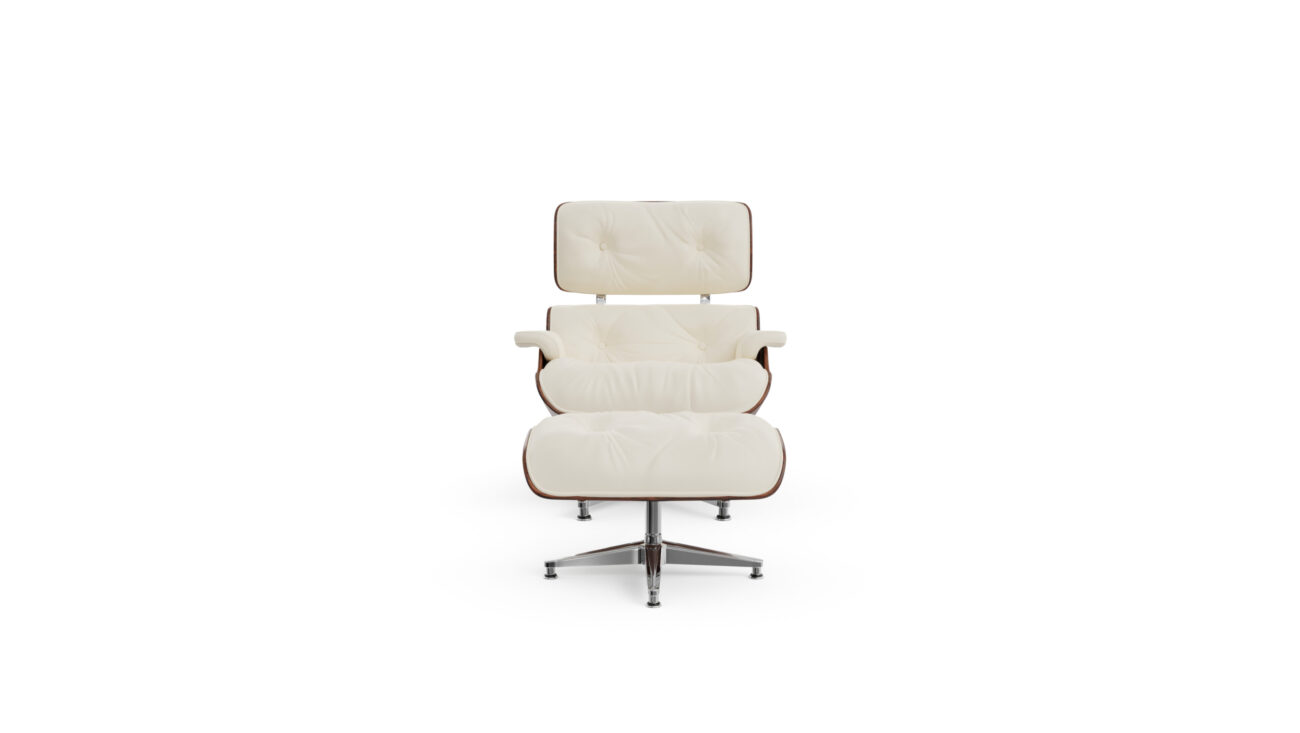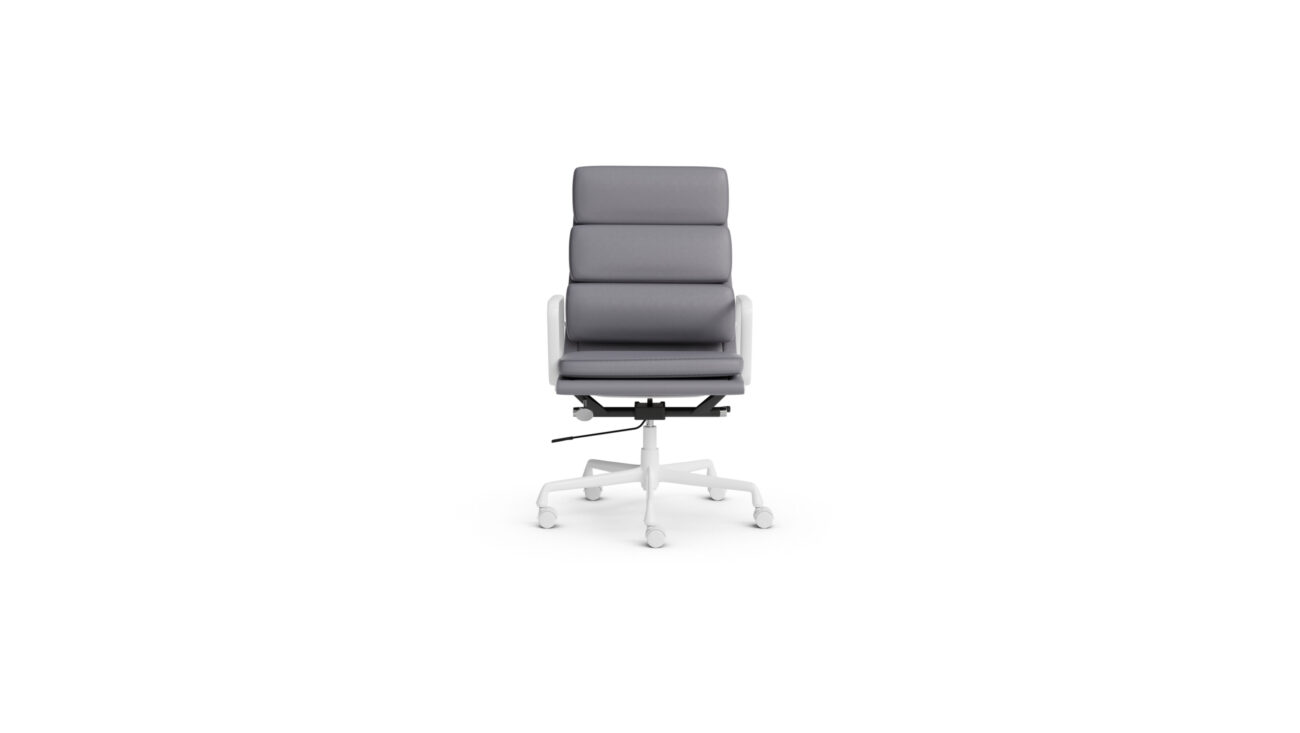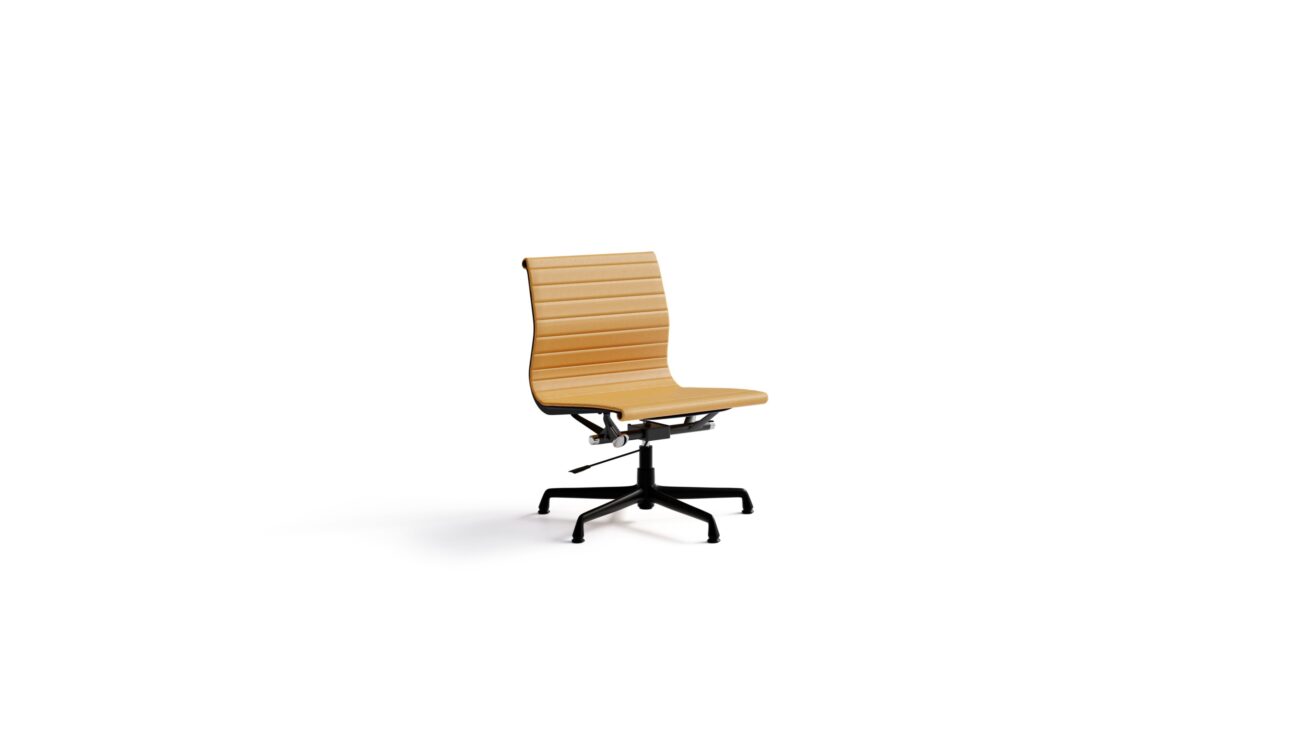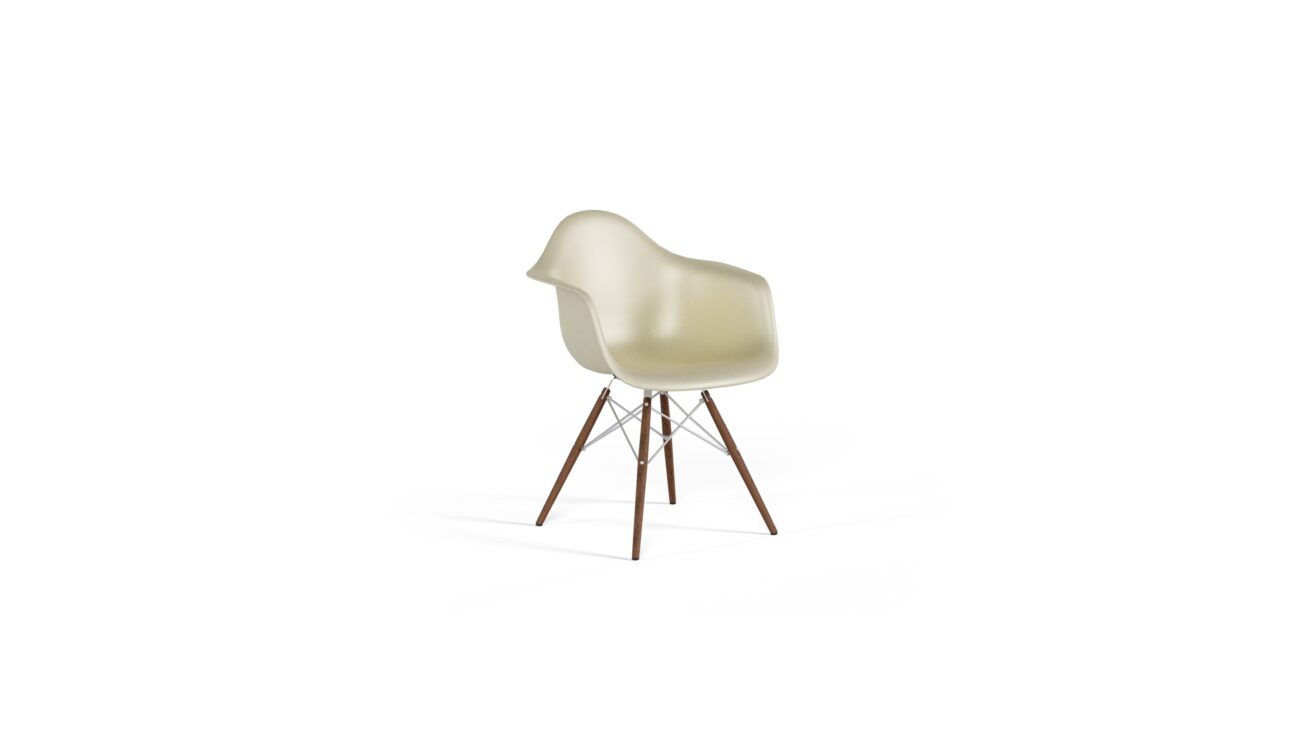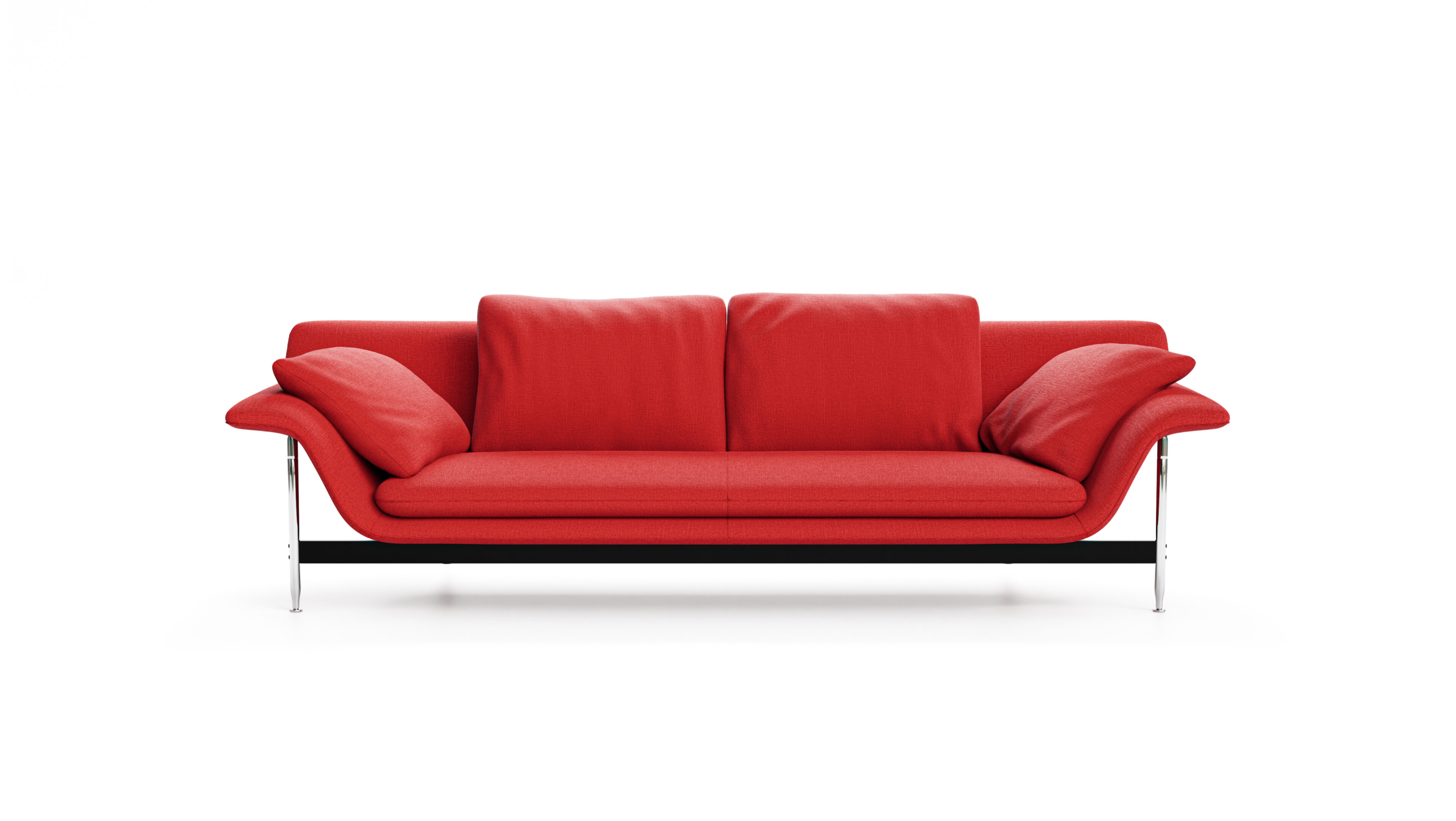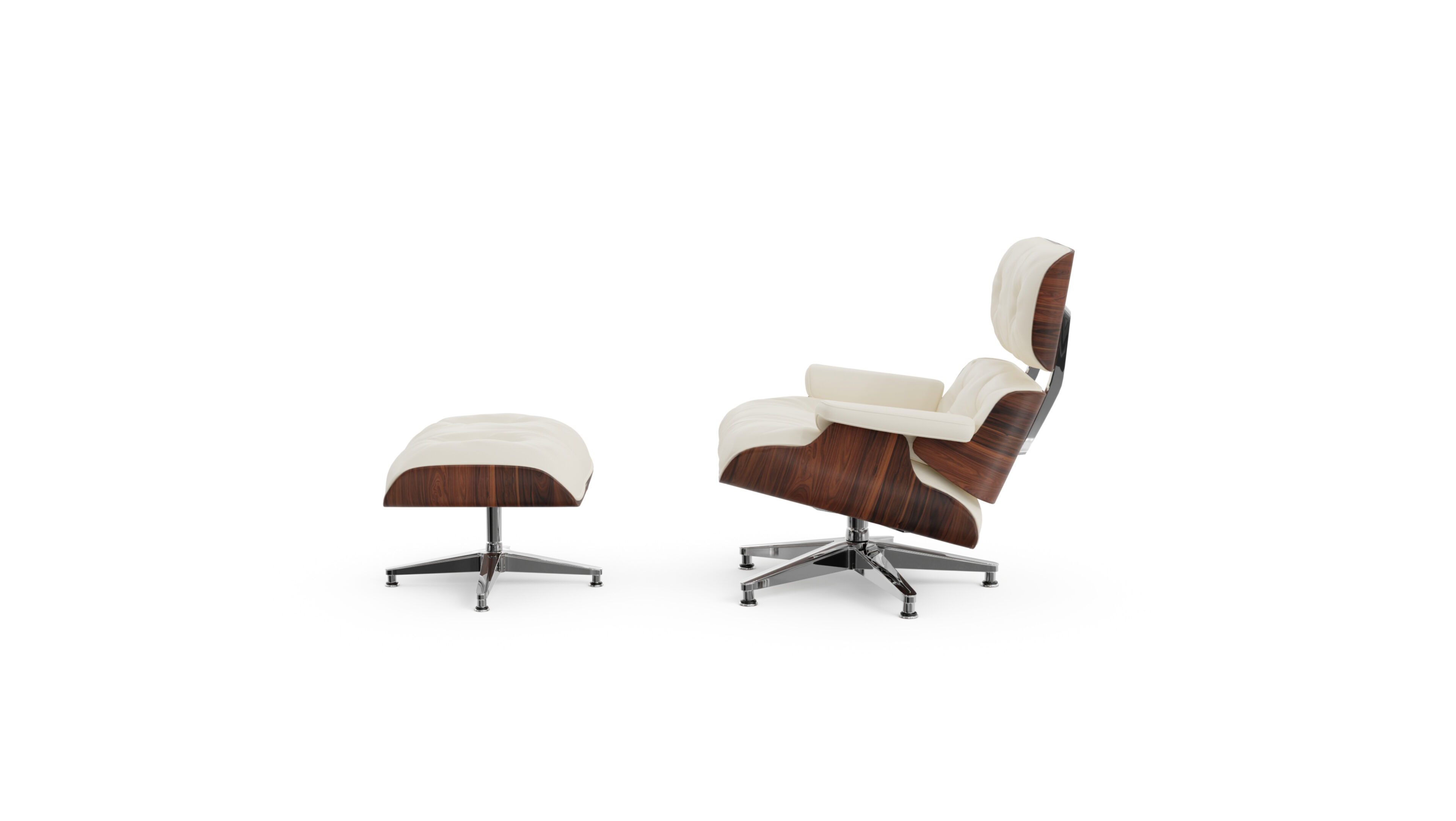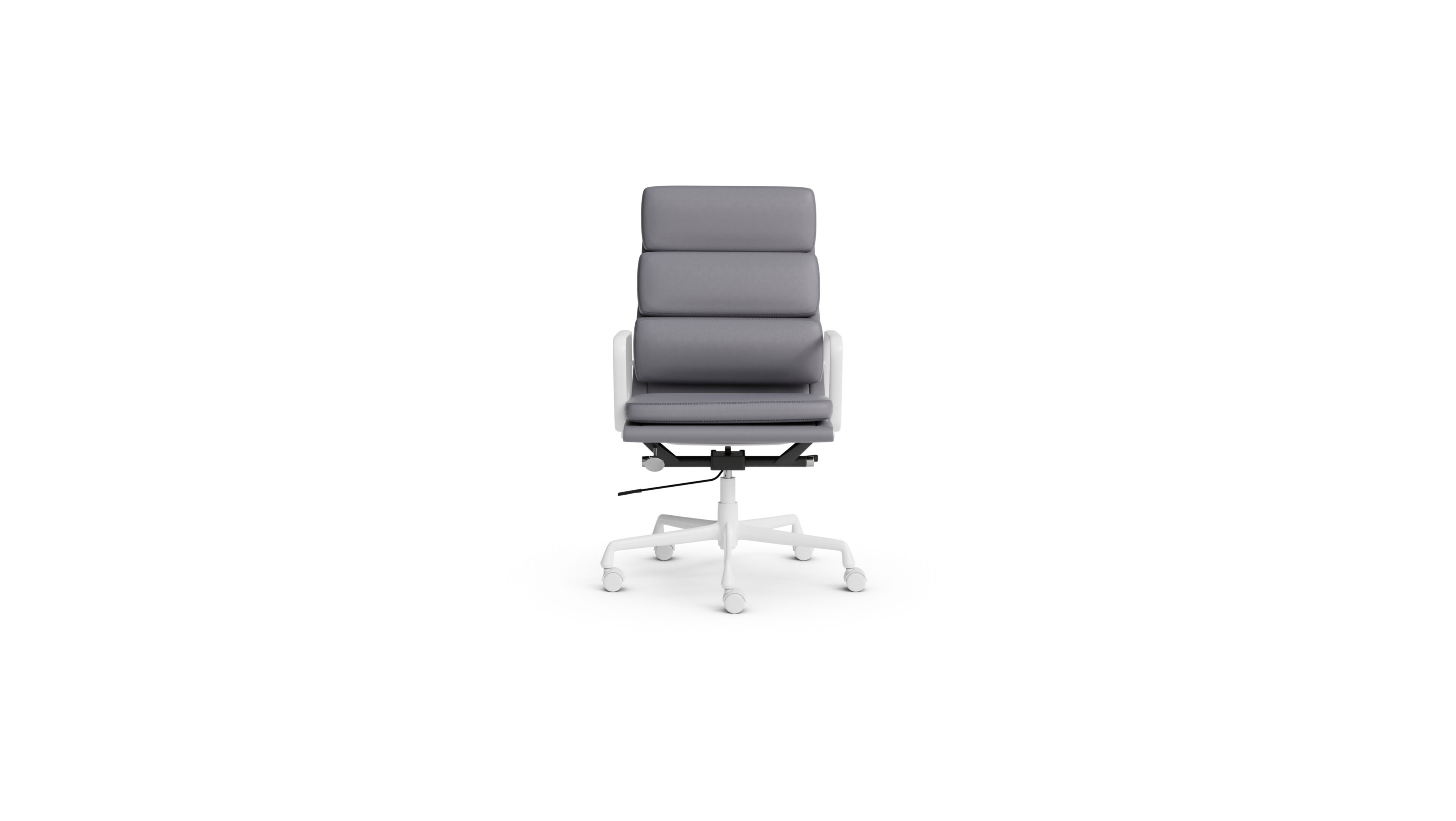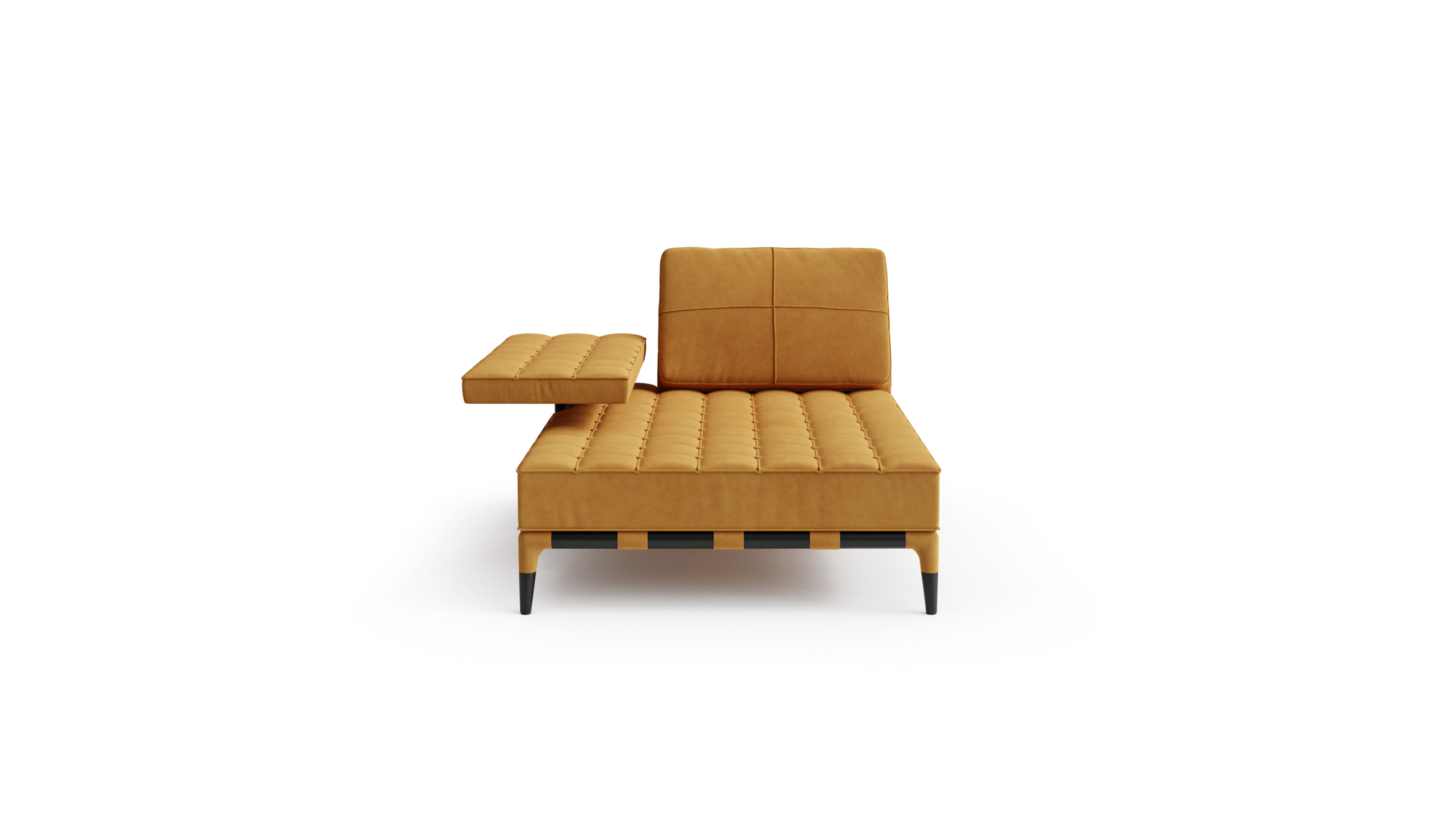

Charles & Ray Eames Biography
Charles Ormand Eames Jr. (1907–1978) and Bearnice Alexandra “Ray” Kaiser Eames (1912–1988) were two of the 20th century’s most influential designers. Born in St. Louis, Charles initially studied architecture at Washington University but left the program due to his progressive ideologies. He practiced architecture with Robert Walsh, building several structures in Arkansas and the St. Louis area. His work caught the attention of esteemed architect Eliel Saarinen, who invited him to the Cranbrook Academy of Art in Bloomfield Hills, Michigan. There, Charles became the school’s first director of the industrial design program. Ray, born in Sacramento, held an early interest in fashion design, theatre, and the arts. She moved to New York to attend the Bennett School for Girls and later enrolled in Hans Hofmann’s painting school. As a founding member of the American Abstract Artists group, Ray made significant contributions to the art world. She later joined Cranbrook to expand her artistic language.
Early Life and Education
Charles Eames was born in St. Louis and initially studied architecture at Washington University. However, he left the program due to his progressive ideologies. Ray Eames, born in Sacramento, showed an early interest in fashion design, theatre, and the arts. She attended the Bennett School for Girls in New York and later enrolled in Hans Hofmann’s painting school. Both Charles and Ray eventually found their way to the Cranbrook Academy of Art in Michigan, where Charles became the school’s first director of the industrial design program and Ray joined to expand her artistic language.
Career and Notable Works
Charles and Ray met at Cranbrook, their relationship sparked by Ray’s assistance in Charles and Eero Saarinen’s entry into MoMA’s “Organic Design in Home Furnishings” design competition. They married in June of 1941 and moved to Los Angeles, where they began to experiment with molding plywood into complex furniture forms. Their work took a significant turn during World War II when they started manufacturing leg splints, body litters, and aircraft parts with funding from the U.S. Navy. This venture laid the foundation for the Eames Office, a design entity that would leave its permanent mark on design. Some of their most notable works include:
1. Eames Molded Plywood Chair (LCW): A result of their experiments with molded plywood, featuring separate pieces for the seat and backrest.
2. Eames Lounge Chair and Ottoman: An icon of modern design, combining comfort with high-end materials.
3. Eames House (Case Study House No. 8): A landmark of mid-20th century modern architecture, built in 1949.
4. Molded Fiberglass Chairs: A series of chairs designed on the principle of adaptability, offering various configurations.
5. “Powers of Ten” Film: A significant educational film exploring the scale of the universe.
Design Philosophy
The Eames design philosophy was characterized by:
1. Human-Centered Design: Placing the primary needs of the human being at the heart of every design challenge.
2. Iterative Process: Relying heavily on photography and model-making to refine their designs.
3. Respect for Tradition: Charles often advised to “innovate as a last resort,” emphasizing the value of existing knowledge.
4. Material Innovation: Pioneering the use of new materials and technologies in their designs.
5. Functionality and Accessibility: Aiming to create designs that were both functional and accessible to a wide audience.
Impact and Legacy
Charles and Ray Eames have left an enduring mark on the design world, shaping America’s 20th century and representing the nation’s defining movements. Their work embodied the West Coast’s coming-of-age and the global expansion of American culture. They embraced the era’s visionary concept of modern design as an agent of social change, elevating it to a national agenda. The Eameses partnered with the federal government and the country’s top businesses to lead the charge to modernize postwar America. Beginning with the film “The Information Machine” in 1957, they helped IBM make science and technology accessible to lay people through a series of more than 50 films, exhibitions, and books. Their work continues to be celebrated and studied, with their influence felt in the fields of design, architecture, and more. Their legacy is a testament to their commitment to design as a social agent, and their ability to adapt to the changing needs of society.
Charles & Ray Eames FAQs
What are Charles and Ray Eames known for?
Charles and Ray Eames were American designers renowned for their contributions to modern architecture, furniture design, industrial design, and manufacturing. They are best known for their mass-producible furniture, including the Eames Lounge Chair, the Eames DSW, and the molded plywood dining chair series. Their work also extended to the photographic arts, films, exhibitions, and book writing.
How did Charles and Ray Eames influence design?
The Eameses revolutionized the design industry with their innovative use of materials like plywood and fiberglass, and their approach to mass production. Their designs combined functionality with elegance and comfort, setting new standards for modern furniture design. They also made significant contributions to architecture, with projects like the Eames House (Case Study House No. 8) reflecting their unique design philosophy.
What was the design philosophy of Charles and Ray Eames?
The Eameses believed in the honest use of materials and the importance of functionality in design. They saw design as a solution to real-life problems and aimed to make the best for the most for the least. Their work was characterized by their innovative use of new materials, their mastery of mass-production techniques, and their seamless blending of form and function.






